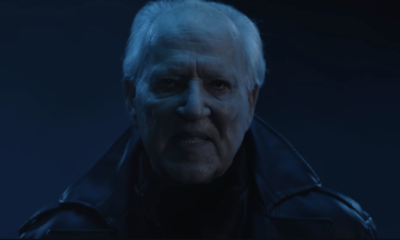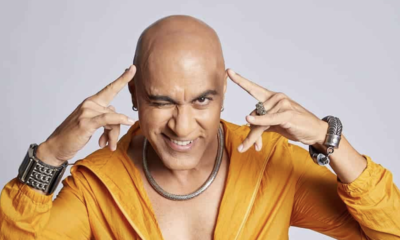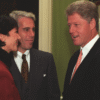News
Ola, Uber and Indian Railways : Is this fare?
Recently, the Indian Railways introduced their ‘Flexi Fare System’, which in effect means, that for every 10% berths sold, an additional 10% on the base fare will be added. Depending on the demand and class of travel, it could go up to a maximum of 50%.
The basic objective is to extract additional revenue to close the gap on existing losses. To make the most of this, they will be deploying the ‘dynamic’ pricing system through the festive period – when the demand for berths is at its peak.
However, cab aggregators – Ola and Uber – were prohibited from deploying a similar strategy earlier this year. The Delhi government, backed by the Delhi High Court, disallowed these aggregators from practicing ‘surge pricing’, i.e. raising their fare costs during periods of high demand.
To add to their woes, a couple of non-governmental organisations have filed a suit seeking refunds of surge pricing charged in the last three years. The amount sought, by the way, is more than Rs. 9000 crore.
Not to term it ‘hypocritical’ but the Indian Railways’ Flexi Fare System seems to be quite similar to Ola and Uber’s surge pricing – which the Delhi High Court had prohibited.







































